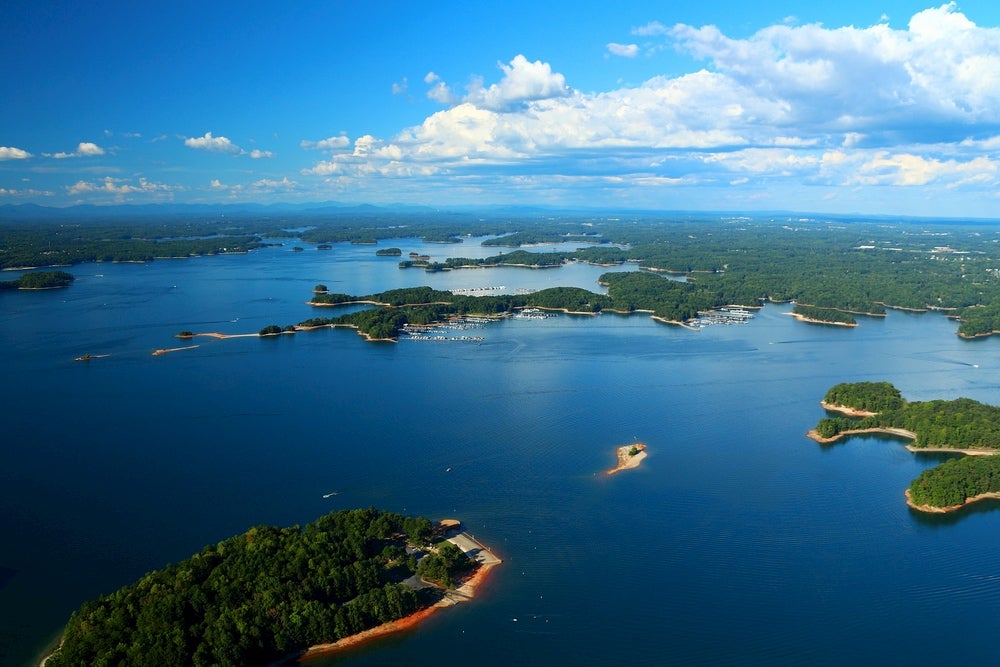
Introduction
Lake Lanier, located in North Georgia, is one of the most visited lakes in the United States, attracting millions of visitors each year for its stunning natural beauty, recreational activities, and diverse wildlife. It serves as a vital resource for the community, providing water supply, hydroelectric power, and opportunities for boating, fishing, and swimming. As the summer season approaches, the lake’s popularity raises important discussions around safety and environmental concerns, particularly as the number of visitors continues to rise.
Current Events and Issues at Lake Lanier
Recent reports indicate that Lake Lanier has seen an increase in recreational activities, with record numbers of visitors recorded during the pandemic and continuing into 2023. This surge in popularity brings with it a heightened awareness of safety risks associated with overcrowding and water recreation. According to the Georgia Department of Natural Resources, boating accidents have become more frequent, prompting officials to enforce stricter safety regulations.
In 2022, the lake recorded over 25 boating accidents and several drownings, which were attributed to factors including speeding boats and a lack of life jackets. To combat this, local authorities have implemented numerous safety campaigns aimed at educating visitors about safe boating practices and the importance of life vests.
Recreational Opportunities
Lake Lanier offers a wide array of recreational opportunities—from fishing and swimming to hiking and camping. The U.S. Army Corps of Engineers manages multiple parks around the lake, which provide conveniences such as boat ramps, picnic areas, and campgrounds. According to a survey, 82% of visitors rated their experience highly, emphasizing the lake’s importance as a community hub.
Fishing is particularly popular at Lake Lanier, with species such as bass, catfish, and trout drawing in enthusiasts. Local fishing tournaments further highlight the lake’s reputation as a prime fishing destination and contribute to the local economy.
Conclusion and Future Outlook
As Lake Lanier continues to attract large crowds, the need for effective safety measures and environmental stewardship grows more significant. Local authorities are looking to enhance safety initiatives, including the installation of additional buoys to signify swimming zones and improved signage advocating for water safety.
In conclusion, while Lake Lanier remains a beloved recreational destination, awareness and proactive measures regarding visitor safety are essential to ensuring the lake remains a safe place for all. As visitor numbers are expected to rise, ongoing collaboration between local officials, safety advocates, and the community will be crucial in preserving the beauty and safety of Lake Lanier for future generations.



